RAF COSFORD AIRSHOW 2022 - United Kingdom
Update: 2022/07/14 by Shawn Clish & Will Moore / CHK6
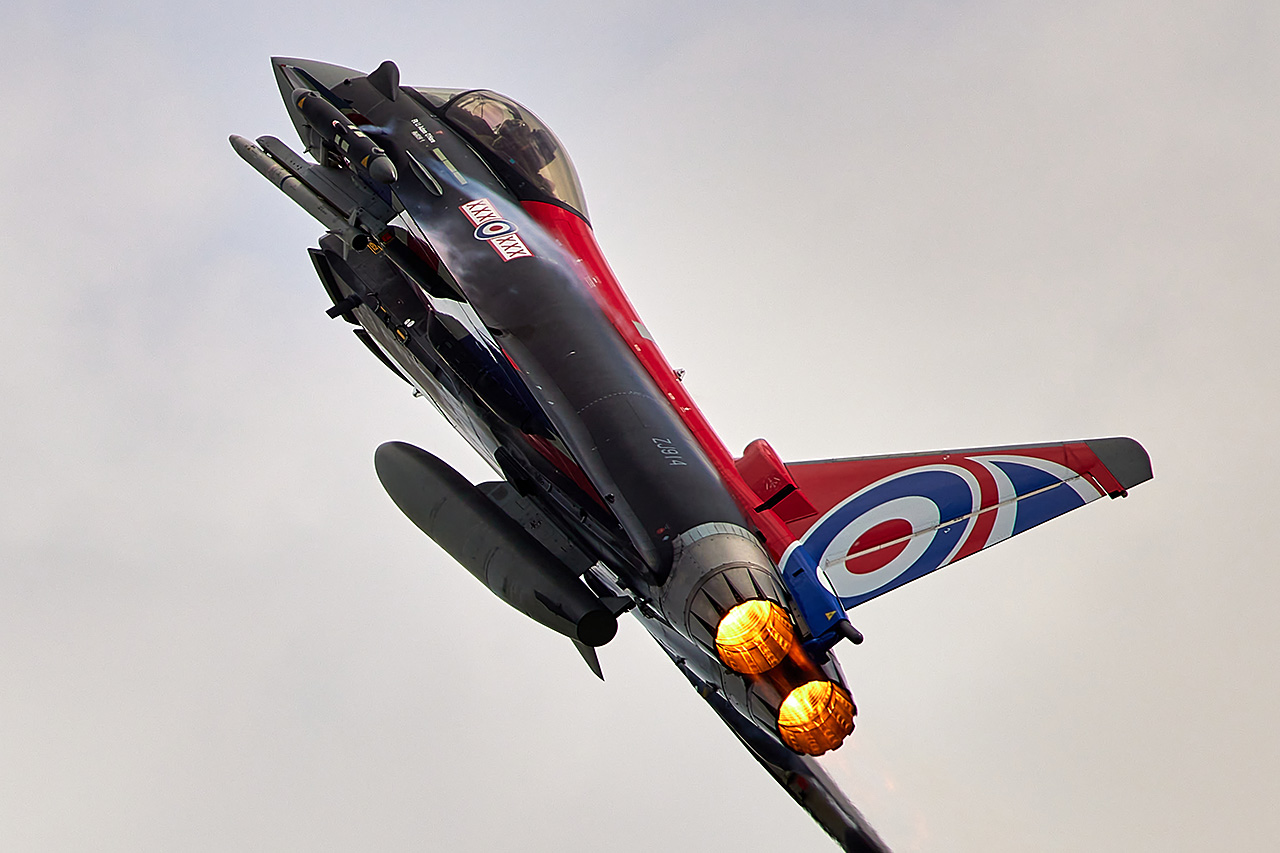
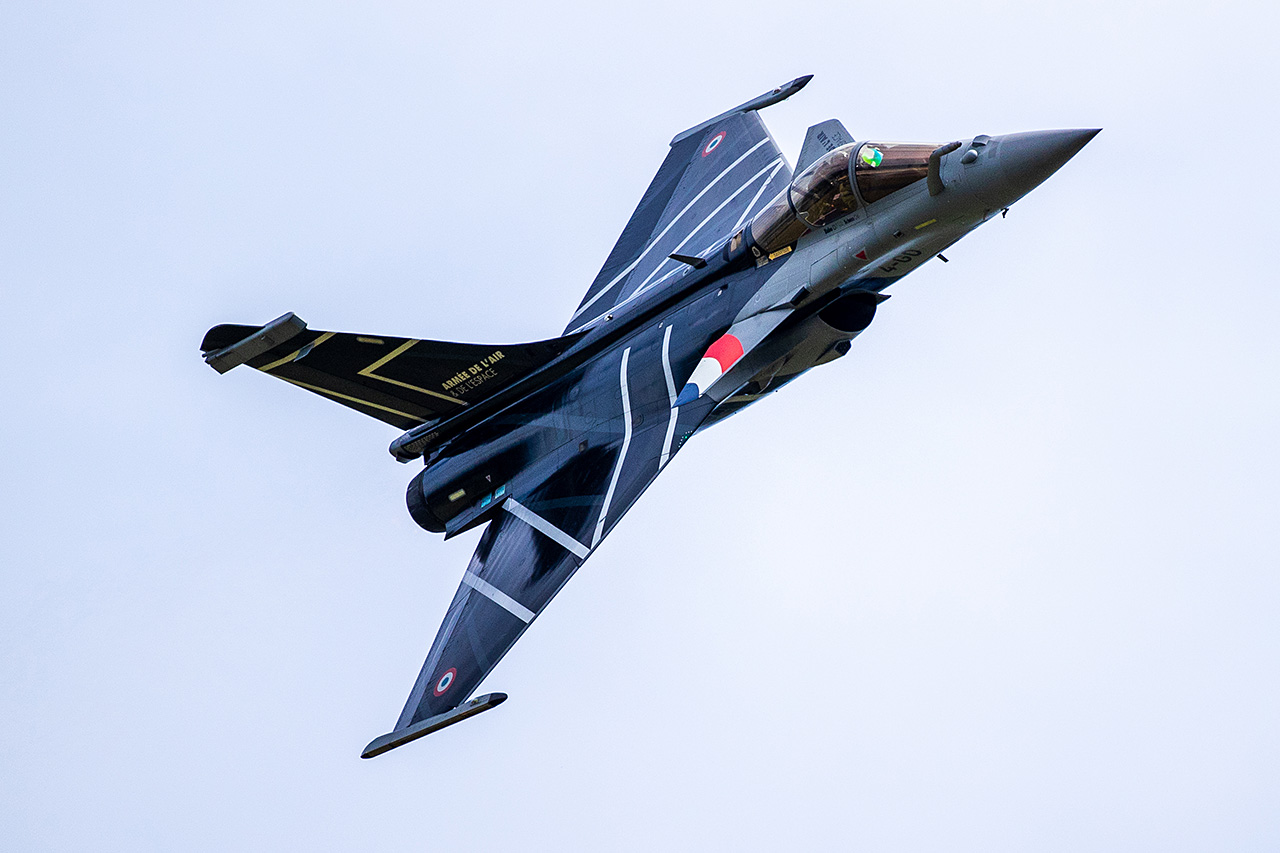
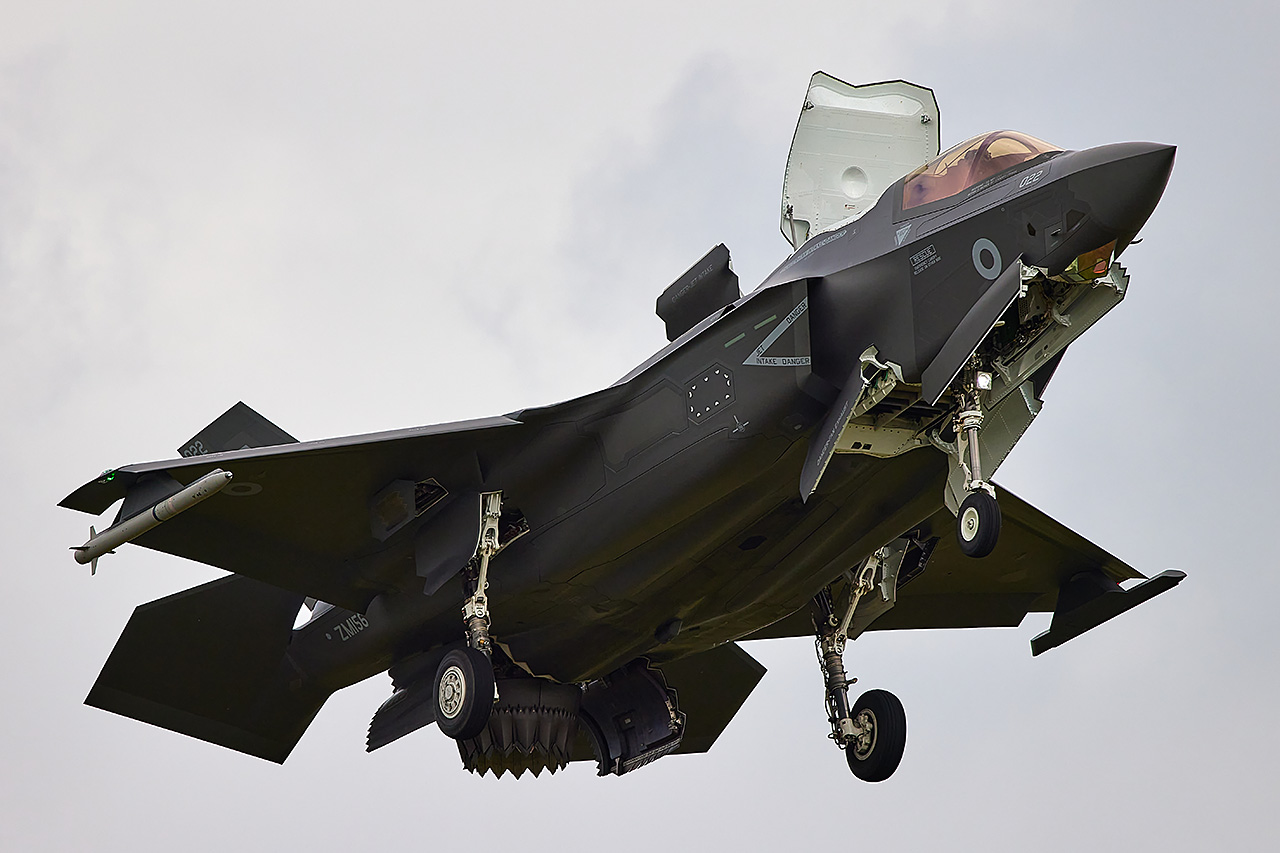
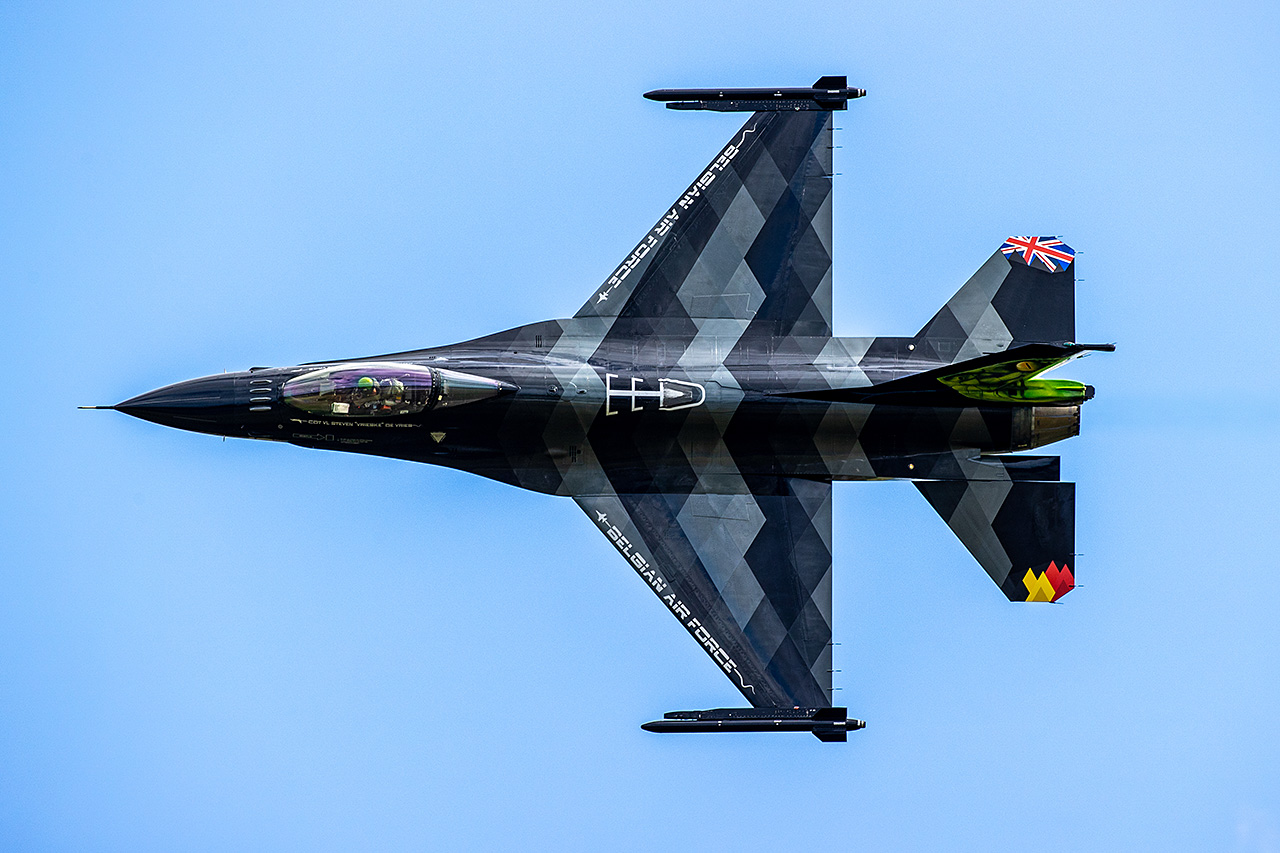
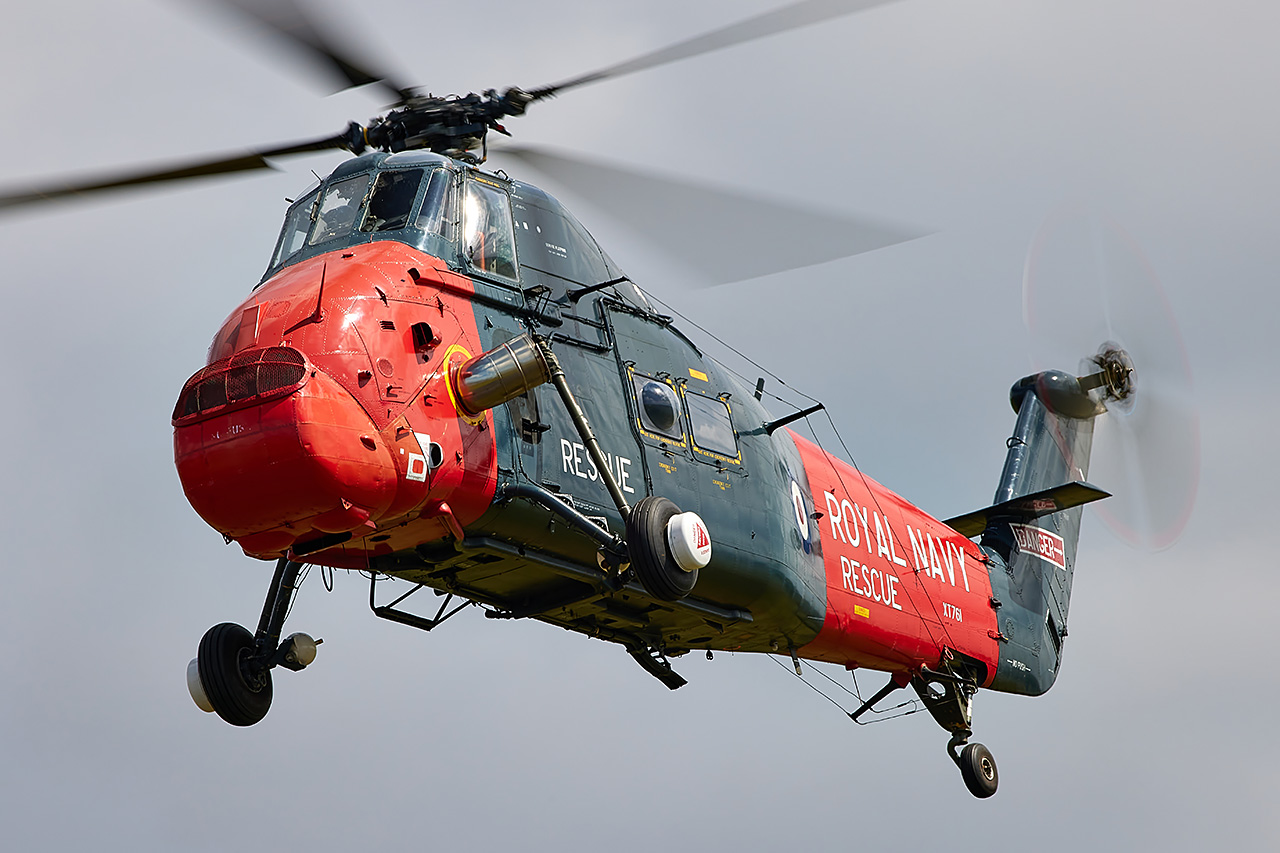
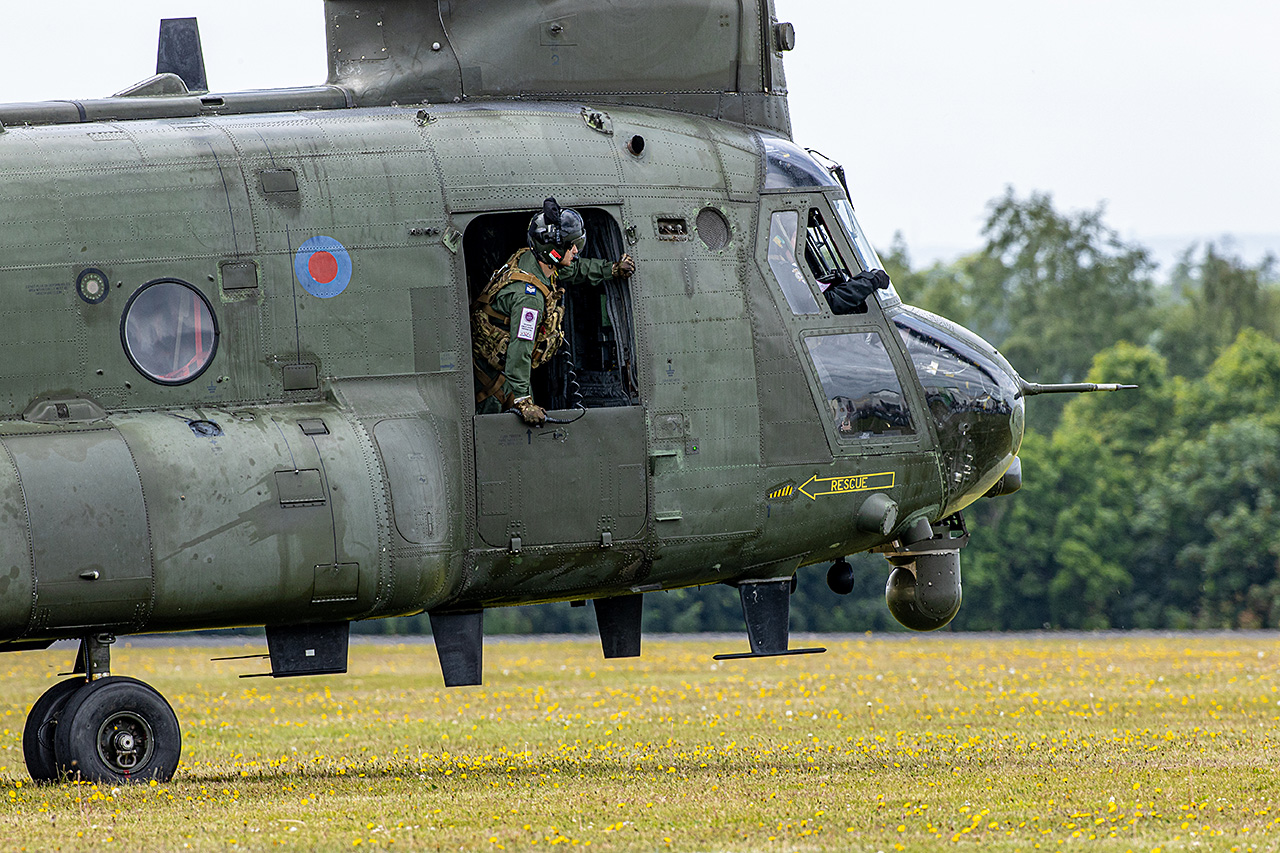
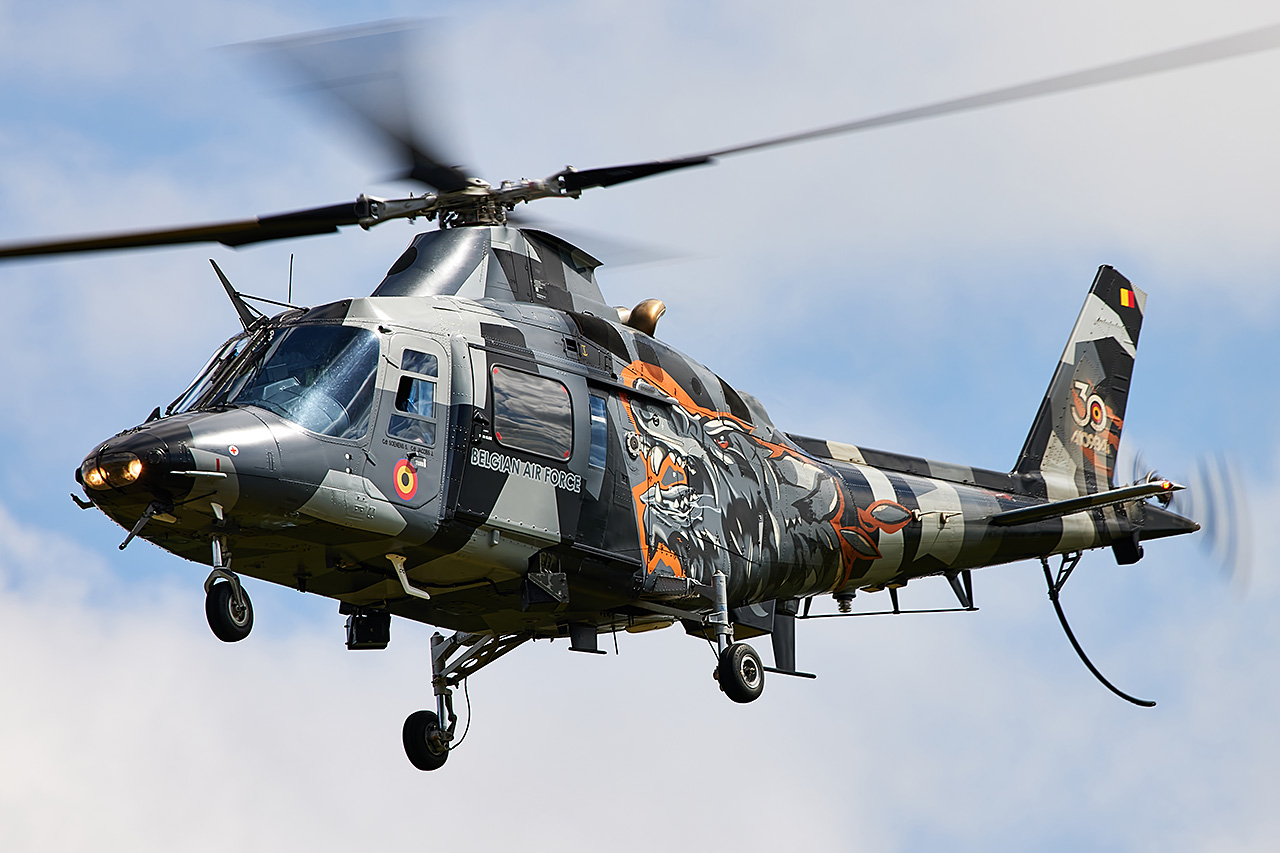
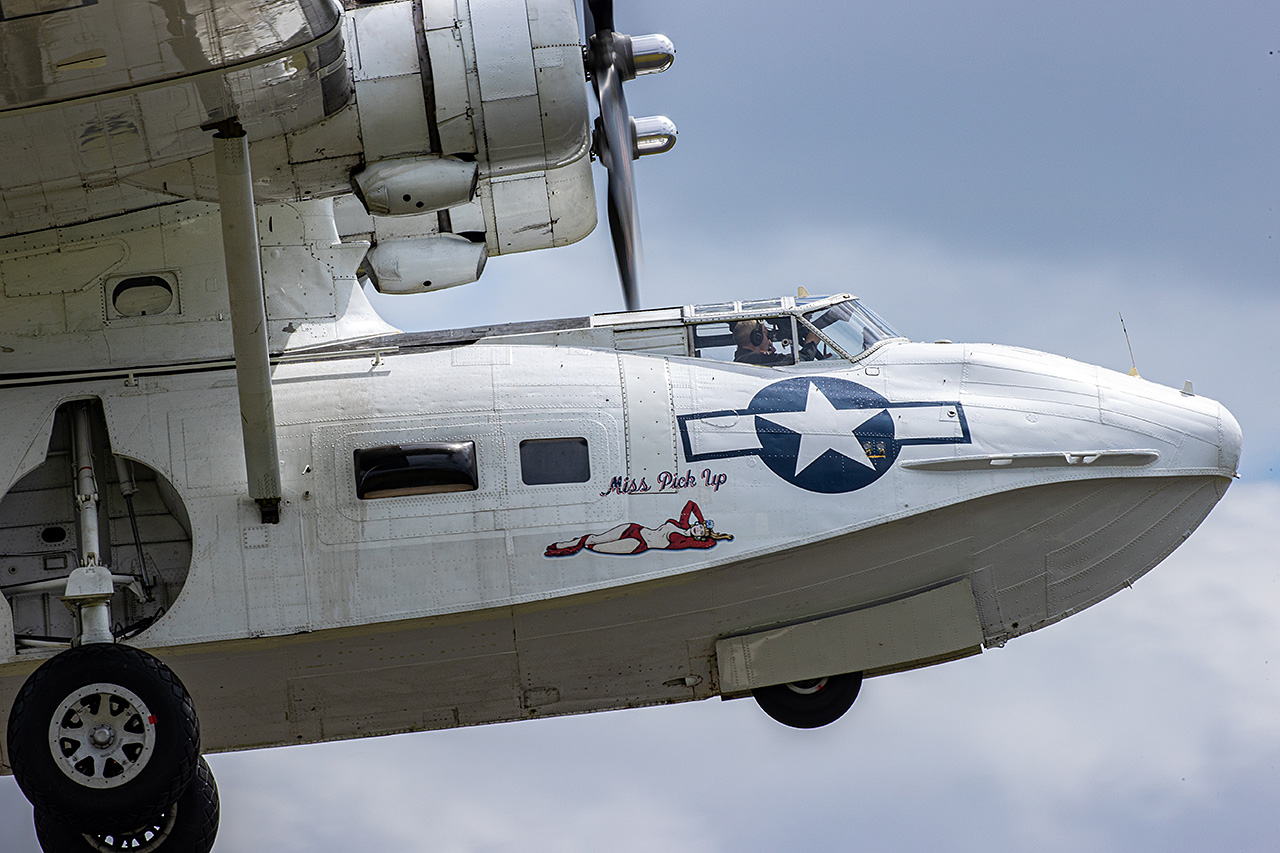
As the UK and indeed the rest of the world struggles to get back to some normality after the Covid years, public events are making a comeback. After cancelling in 2020 and 2021 the team at Royal Air Force (RAF) Cosford returned to deliver a much-anticipated air show. RAF Cosford was built as part of the RAF expansion between WWI and WWII, opening in 1938. In 1939 No9 Maintenance Unit started operations there. Further developments to accommodate an expanding RAF were the RAF’s No 2 School of Technical Training, formed on 15 July 1938. By the outbreak of WWII RAF Cosford had 3580 maintenance trainees and apprentices.
In 1940 a Hospital was added to the site that served the RAF and the local community until 1977. Repatriated RAF Prisoners of War were processed at RAF Cosford.
The site is still busy and is home to the units listed below:
- 605 Squadron RAuxAF
- University of Birmingham Air Squadron
- RAF School of Physical Training
- No 1 School of Technical Training
- No 1 Radio School
- Defence School of Photography
- RAF Cosford Voluntary band
- Aerosystems Engineering and Management Training School (AE&MTS)
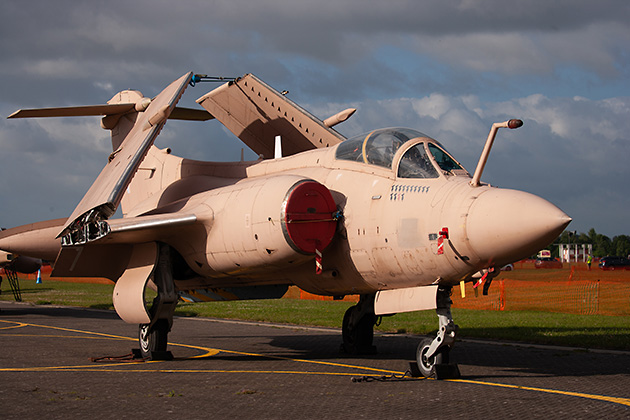
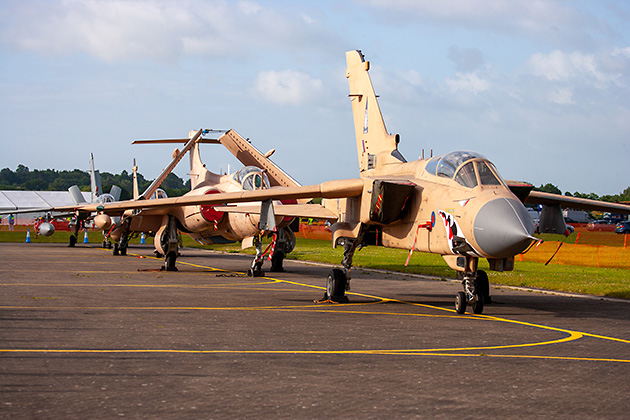
Being the home to No1 School of Technical Training means RAF Cosford has a collection of aircraft types no longer in active service but still very much in service as training aircraft. This made for a very interesting static section of the display. Cosford is also the home of the RAF Museum Midlands, one of the best aviation museums in Europe!
Although this is the only official RAF Airshow this season, it is not intended to be a heavy metal affair as we were accustomed to at RAF Waddington previously. Cosford delivers a more family orientated show with flashes of heavy metal from home and overseas. Organisers honoured the tickets of previously cancelled shows and all the tickets available online sold out very quickly leading to capacity audience of over 60,000!
An excellent additional theme was the air-sea rescue section made even more impressive by the efforts of Historic Helicopters based in Chard, Somerset, ...
S. Clish & W. Moore
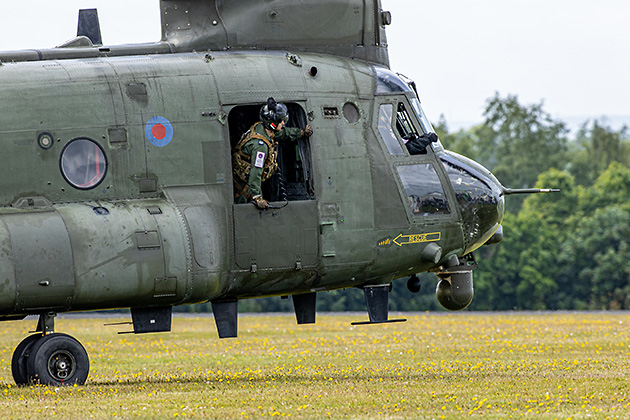
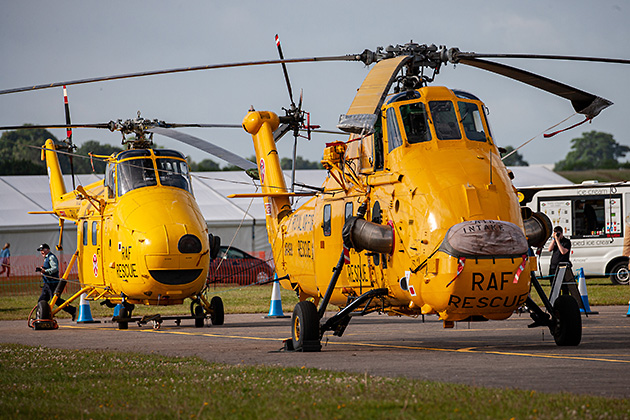
The main themes of the Show were the Queen’s Jubilee, 40 Years commemoration of the Falklands War with special displays in the RAF Museum. An excellent additional theme was the air-sea rescue section made even more impressive by the efforts of Historic Helicopters based in Chard, Somerset, who arrived with four classic helicopters, two left on static display and two in the flying programme. There were some aircraft on the programme that ultimately failed to make the show including Team Raven and the Battle of Britain Memorial Flight’s Avro Lancaster that suffered a technical issue that could not be resolved in time for the show.
The flying display opened with the RAF Falcons Parachute Display Team exiting out of the back of the RAF Chinook Display Teams CHINOOK H.Mk6a. The Falcons are based at RAF Brize Norton in Oxfordshire and are formed from Parachute Jumping Instructors. While the spectators were watching the Falcons descend then take a salute in front of the VIP area, the RAF Chinook display Team used the time to reposition and prepare for their display.
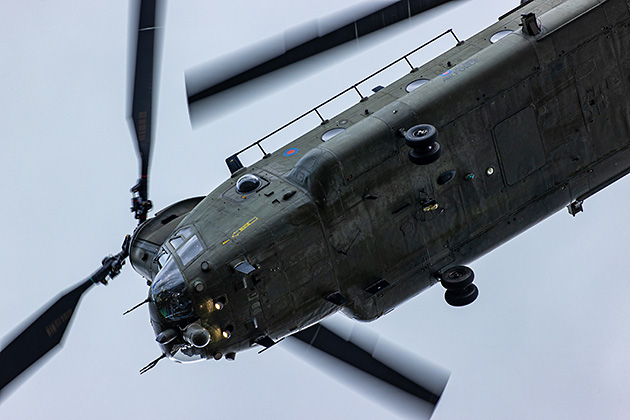
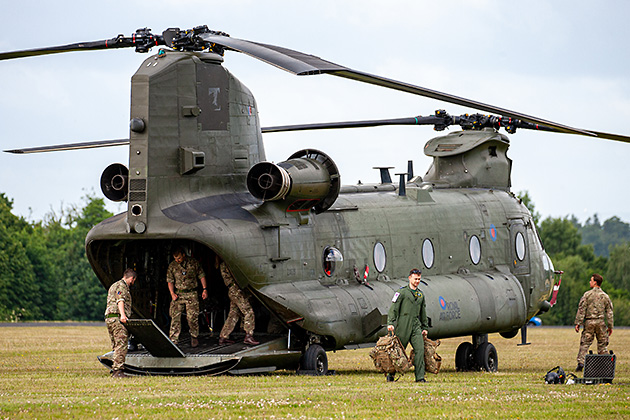
The RAF Chinook Display Team, based at RAF Odiham in Hampshire are well known for producing outstanding displays that showcase the abilities of the aircraft. The RAF does not designate a particular aircraft to be “the Display Aircraft” the display team use whatever aircraft has been prepared for the them, with no modifications to enhance the performance. What we see is an aircraft that is ready for operations, whatever they may be. Today’s aircraft is a Chinook HC.Mk6.a the preferred type for the display team. The RAF Chinook fleet while having new Chinook HC.Mk.6 aircraft added is also running a Chinook Sustainment Programme to extend the life of the existing aircraft to 2040. The Display itself did not disappoint, the versatility of the aircraft in the air and on the ground was fully demonstrated and was very well received by the spectators.
The Westland WESSEX HU.5 / XT761 was their first display of the day
S. Clish & W. Moore
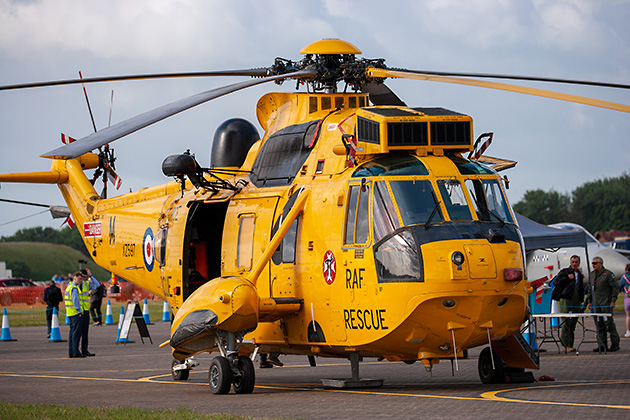
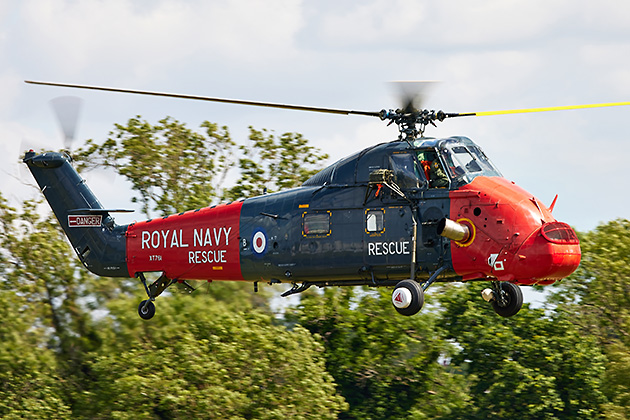
The programme listed Historic Helicopters Westland SEA KING HAR 3 / XZ597 as a flying display but unfortunately this item was changed which was the cause of much disappointment. That disappointment was relieved when it was replaced with the Historic Helicopters Westland WESSEX HU.5 / XT761 and a Westland LYNX AH.7 / XZ616. Historic Helicopters, based in Chard Somerset, made a major contribution to the show both in the static line up and the flying display. In the static line up they supplied a Westland Whirlwind and Westland SEA KING HAR 3 / XZ597 to line up with the Museums Westland WESSEX XR498. The Westland WESSEX HU.5 / XT761 was their first display of the day. The type entered service with the Royal Navy in 1961 and served until 1988. Designed originally for the anti-submarine role it also became a reliable Search and Rescue platform. The WESSEX was the first helicopter to be produced in large numbers with a free gas turbine power plant as opposed to a piston-based power plant. This reduced vibration across the airframe and systems and was quieter than the piston engine. The WESSEX had a greater load carrying capability and the Napier Gazelle engine allowed for a faster start up essential in the search and rescue operations. The display aircraft is an HU.5 version, the most capable version of the type in Royal Navy search and rescue service powered by two Rolls Royce Gnome gas turbines. The extra range of 90 miles and the extra power greatly increased the search area ability of the aircraft and the conditions in which it could operate. The display itself was very entertaining, although not as agile as modern helicopters, the WESSEX was quite a spectacle. It had been quite some time since the type displayed and for that reason alone the display is one of the highlights of the 2022 display season.
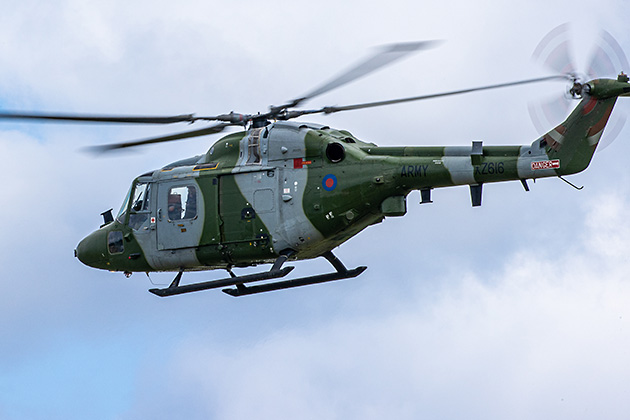
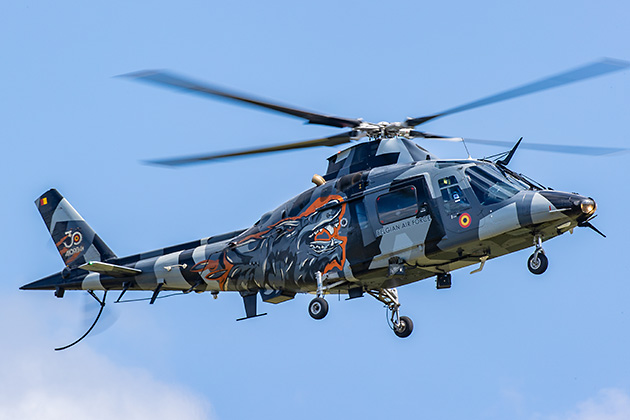
The second display from Historic Helicopters was the first display of a Westland LYNX not in service with the armed forces. Westland LYNX AH.7 / XZ616 was acquired by Historic Helicopters in 2020 as the type were withdrawn from service to be replaced with the WILDCAT Mk.1. The display showed the agility of the lightly armoured battlefield helicopter. The type was used for various roles on the battlefield. Development of the LYNX began in the mid 1960 as a replacement for the Westland SCOUT and WASP. The new aircraft LYNX AH.1 entered service in 1979 with the British Army and in 1981 LYNX HAS.2 with the Fleet Air Arm. Both services have displayed their LYNX types and have been a welcome regular item at UK airshows large and small.
The final helicopter to display was the Belgian Air Component Agusta A109 in a display livery. The Belgian Air Component have been using the military version of the popular civilian helicopter for 30 years in the battlefield support, casualty evacuation and liaison duties. The display itself played to the agility of the aircraft offering good views along the entire crowd line.
It served with the 443 Squadron Royal Canadian Air Force (RCAF) at RAF Digby close to its current home of RAF Coningsby and took part in operation on D-Day
Shawn Clish & Will Moore
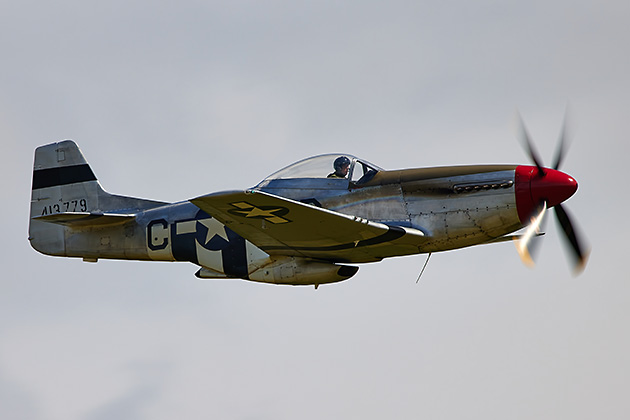
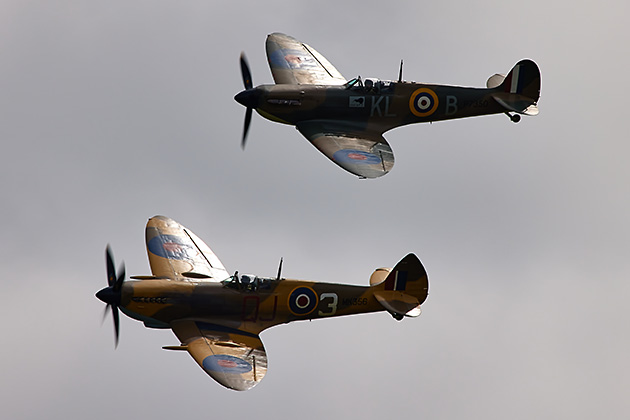
The warbirds included a North American P-51D MUSTANG from Sharkmouth Ltd and a Consolidated CATALINA PBY “Miss Pick Up” from Plane Sailing and a pair of Spitfires from The Battle of Britain Memorial Flight (BBMF) sadly without the AVRO LANCASTER. The BBMF were without the LANCASTER due to an engine issue, but the two escorts did arrive to undertake their display and for one to form up with the RAF TYPHOON FGR.4 “Blackjack” for a heritage flypast.
The Supermarine SPITFIRE Mk.IIa / P7350 (G-AWIJ) flew in the actual Battle of Britain in 1940 and now sports the colours of No.54 Squadron identity “KL-B” as flown by Al Deer. The second SPITFIRE was Mk LF (low flying) IXe / MK356 built in 1944 at Castle Bromwich and optimised for low flying. It was delivered from Castle Bromwich to RAF Cosford in February 1944. It served with the 443 Squadron Royal Canadian Air Force (RCAF) at RAF Digby close to its current home of RAF Coningsby and took part in operation on D-Day. An excellent if somewhat distant display, but the heritage pair of TYPHOON and SPITFIRE was memorable.
The North American P-51D MUSTANG (44-73877) was acquired by warbird flight experience company FlyaSpitfire.com based at the famous WWII fighter base of Biggin Hill near London in 2021 to add to their growing fleet of two-seater aircraft. This example was delivered to the USAAF in 1945 and did not see combat in WWII. In 1951 it was transferred to the RCAF and served with them until 1958 when retired. Owned thereafter by several civilians it eventually became part of the Scandinavian Historic Flight. Powered by a one Rolls-Royce V-1650-7 piston engine the aircraft is presented in the colours of 335th Fighter Squadron P-51D (44-13779) flown by the American Ace pilot Don Blakeslee while commanding the 4th Fighter Group. Again an excellent if somewhat distant display and a welcome addition to the warbird line up.
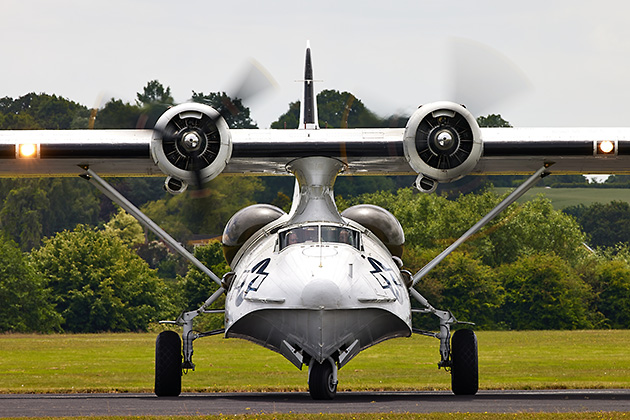
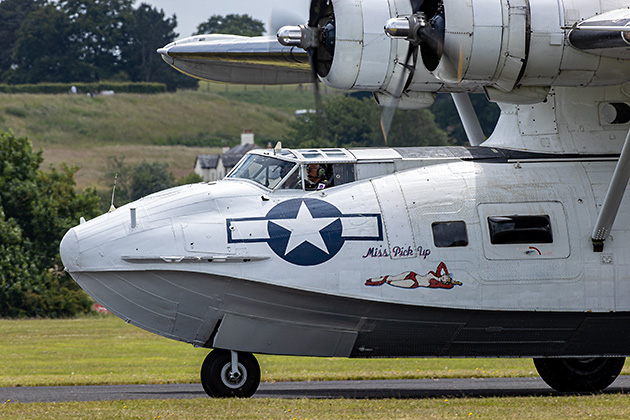
The RED ARROWS began their four-week pre-season training camp in April at the Tanagra Air Base in Greece with their standard compliment of nine display pilots
Shawn Clish & Will Moore
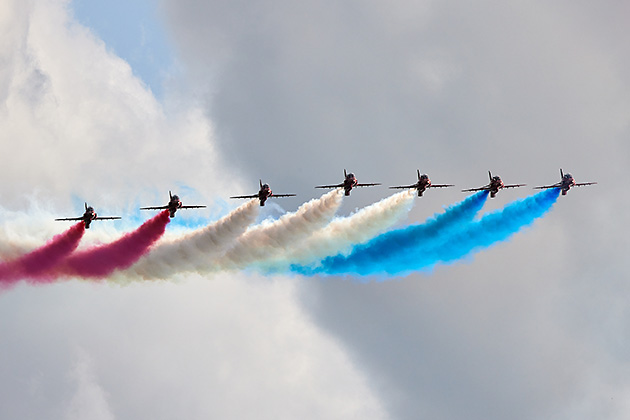
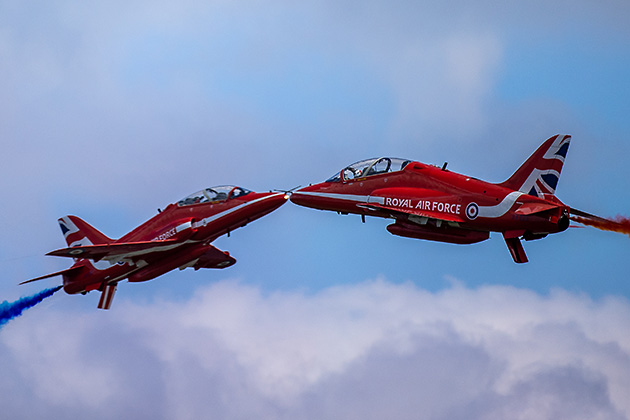
Aerobatic displays were provided by the RAF RED ARROWS, RAF TUTOR display team, Rich Goodwin in a heavily modified Pitts J-PIT and an ASK 21 Glider from RAF Shawbury Gliding Club. The RED ARROWS began their four-week pre-season training camp in April at the Tanagra Air Base in Greece with their standard compliment of nine display pilots. While undergoing these preparations for the upcoming season, the team made the difficult decision to transition two members of the crew to other positions in the air force, resulting in the 2022 display consisting of a seven-aircraft formation. At Cosford, the seven display pilots presented beautifully in their BAE Systems HAWK T.Mk.1 trainers, initially as one big formation and then split up to allow the Synchro pair to perform their photogenic crossing passes.
The RAF TUTOR Display team based at RAF Wittering flying the Grob 115e known as the TUTOR T-1. The TUTOR is the RAF Elementary Flying Trainer and replaced the aging Scottish Aviation BULLDOG T-1. It’s a fully aerobatic aircraft as was well displayed by David-John Gibbs who has over 60,000 flying hours logged on over 50 aircraft types
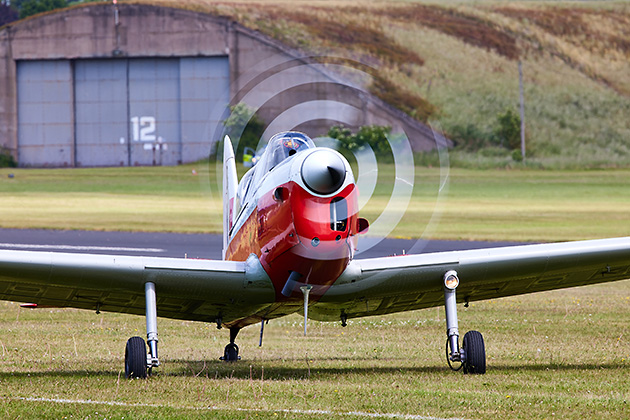
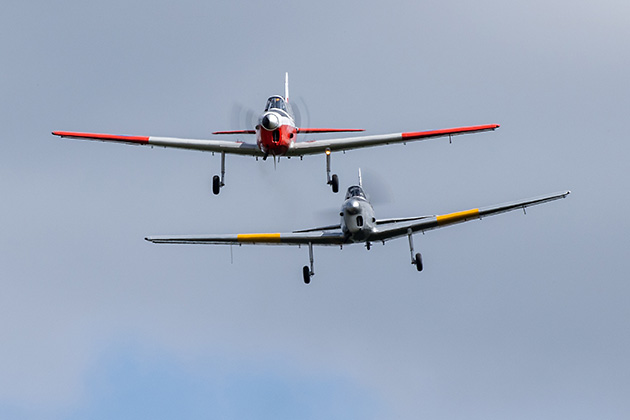
No RAF Air Show would be complete without the inclusion of the de Havilland Canada CHIPMUNK. Developed at the end of WWII the CHIPMUNK entered service with the RAF in 1950 as a replacement for the de Havilland TIGER MOTH basic trainer. During its career over 700 were built for the RAF with many serving with the British Army and the Royal Navy. Generally removed from service in the mid to late 1990s. The only active CIPMUNK in the RAF are with the BBMF and are used to introduce pilots to “tail draggers” as none of the RAF in service aircraft use that undercarriage configuration. So an overall RAF service career of 72 years and still in use. A great many of the type were produced under licence by de Havilland in the UK and by the OGMS (Oficinas Gerais de Material Aeron’autico) in Portugal. They are still a common site at displays and in general civilian use around the world. One of the performing CHIPMUNKS / WG 308 (T10) was built in 1951, while the other G-CGAO was built in 1958 for the Portuguese Air Force whose livery it is still using.
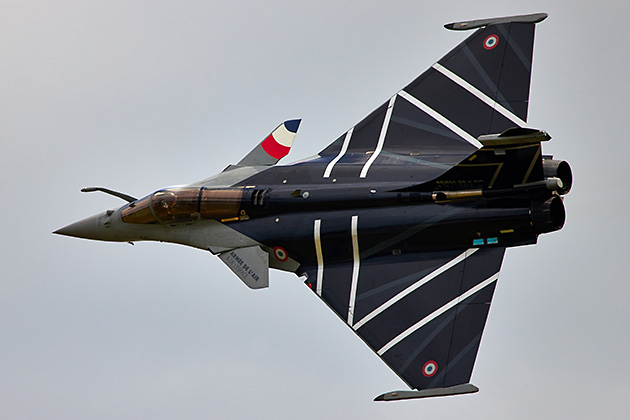
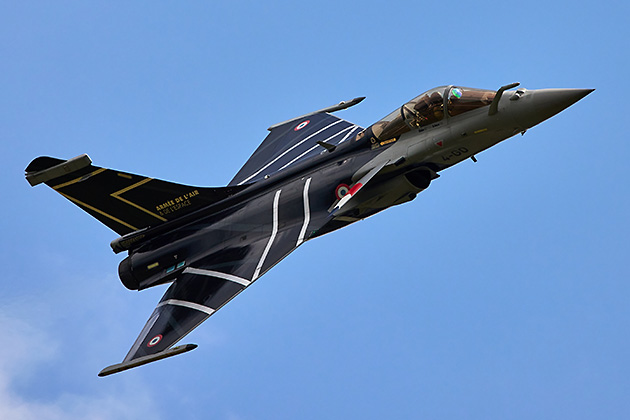
Four modern fighter jets performed in the sky above RAF Cosford during the show, the first of which was a Dassault RAFALE C from the French Air and Space Force. Captain Bertrand “Bubu” Butin was at the controls of the sharply painted black and white fighter, having taken over from Captain Jerome “Schuss” Thoule. “Bubu” will spend the next four years with the Rafale Solo Display Team, two as pilot followed by two as coach. He looked quite comfortable in his new role as he threw his highly maneuverable, twin-engine, delta-winged aircraft around the sky to the delight of the crowd. Although overcast during this performance, the RAFALE was able to produce some nice vapour over its wings during some of the high-G elements while the fire being produced by the two Snecma M88 afterburning engines contrasted nicely against the dark sky.
The stunning “Black Jack” TYPHOON, featuring Union Jacks over a black airplane, added to the spectacle that is the TYPHOON Display, especially during the brief moments that the jet reflected the pockets of sunlight that were shining through the broken cloud layer
Shawn Clish & Will Moore
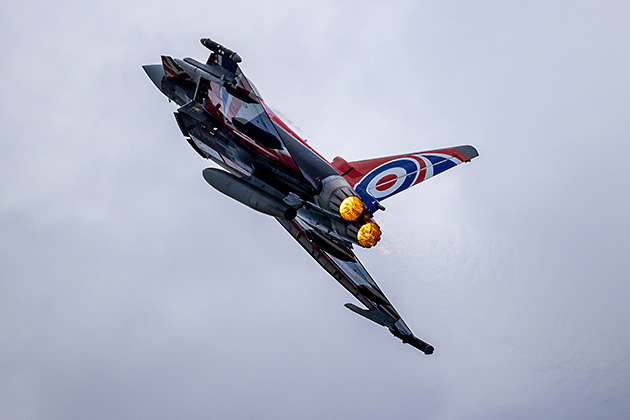
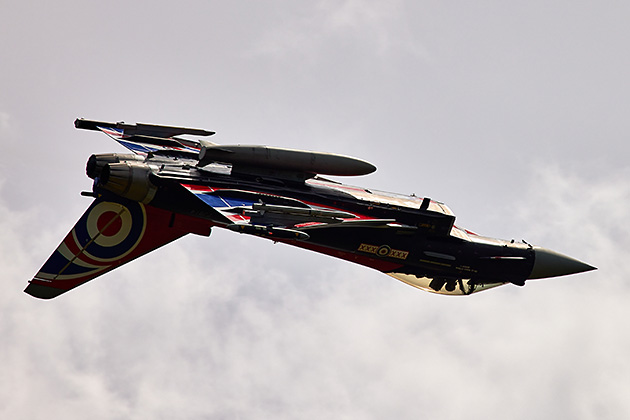
The Eurofighter TYPHOON FGR.Mk.4 from the RAF Typhoon Display Team was the next jet to display but before its demonstration, it was joined by SPITFIRE / P7350 for a special formation routine that showcased two of the top fighters in the history of the RAF. The duo showed off their topsides with the first pass from the west, followed by a bottom-side pass from left-to-right that displayed the distinct silhouettes of both fighters. The pair then flew directly at the crowd before breaking away in opposite directions.
With the Spitfires headed home, it was time for Flight Lieutenant Adam O’Hare to showcase the speed, power and agility of his Generation 4.5 fighter. The stunning “Black Jack” TYPHOON, featuring Union Jacks over a black airplane, added to the spectacle that is the TYPHOON Display, especially during the brief moments that the jet reflected the pockets of sunlight that were shining through the broken cloud layer. Like the RAFALE, the TYPHOON features a canard delta wing configuration that makes the aircraft highly maneuverable and again like the RAFALE, the display pilot didn’t hold back on the reheat during the dynamic horizontal and vertical portions of the flight. The TYPHOON was staging out of nearby RAF Shawbury so there was no need to conserve fuel.
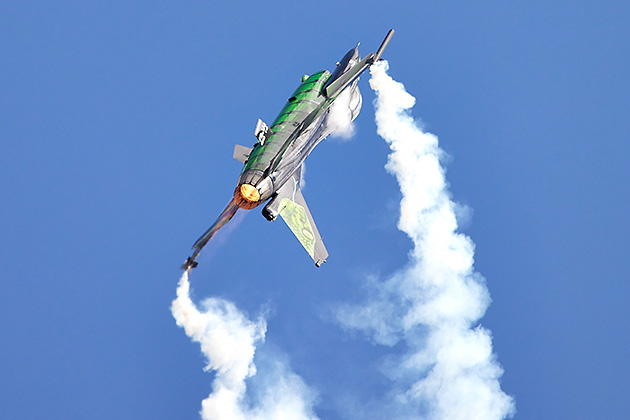
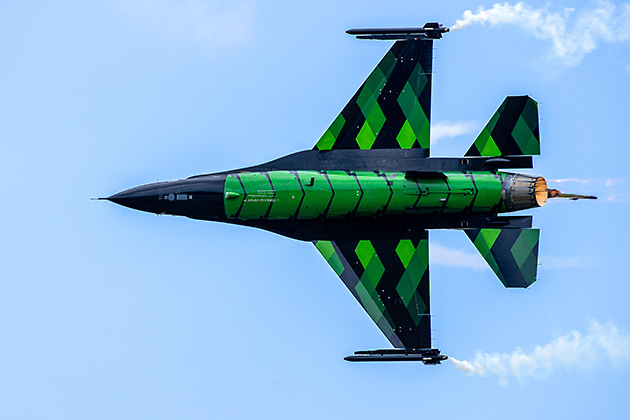
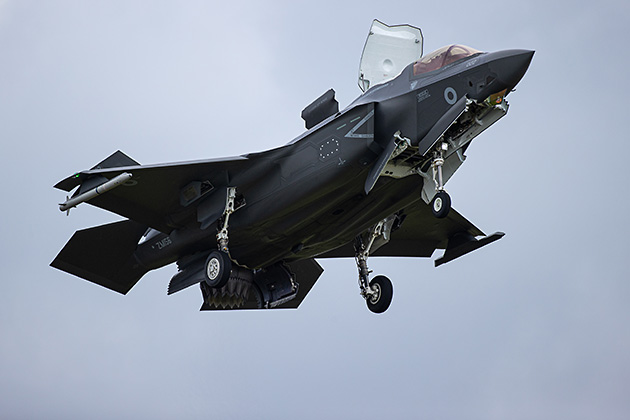
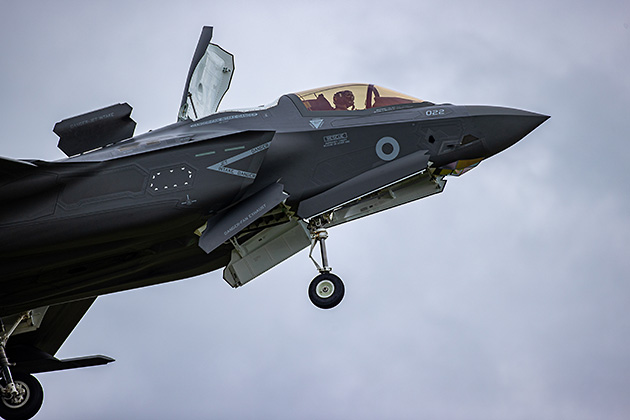
In honour of the Queen’s Platinum Jubilee the show ended with multiple flypasts from the RAF. First was a pair of Beechcraft TEXAN T.MK.1, the aircraft replacing the Short TUCANO T.Mk.1 as the service’s basic fast jet trainer. After mastering the TEXAN, students transition to the BAE Systems HAWK T.Mk.2, the RAF’s fast jet operational conversion aircraft and the next pair of aircraft to fly past the crowd. The final aircraft in the airspace over RAF Cosford was also the last of the four modern fighter jets to display, the present and future of the RAF, the Lockheed Martin F-35B LIGHTNING II. The LIGHTNING is a fifth-generation multi-role combat aircraft that also features short take-off and vertical landing (STOVL) that allows it to operate from the “Queen-Elizabeth” class aircraft carriers. This jet was from the famous 617 “Dambusters” Squadron based at RAF Marham and performed two passes for the crowd. While the first was a fairly basic flat pass, the second showcased the STOVL characteristics of this unique jet, as the pilot came in slowly then briefly hovered, before transitioning back to conventional forward flight.
The air show at RAF Cosford returned in 2022 after a multi-year hiatus and was a welcome return to normal. An estimated 60,000 visitors attended the sold-out event which featured a perfect compliment of warbirds, aerobatic teams and domestic and international fighter jets and helicopters, while celebrating the Queen’s Platinum Jubilee and honouring the 40th anniversary of the Falklands War. The static display was complimented by No1 School of Technical Training and the incredible collection of the Royal Air Force Museum Midlands while other ground displays included a children’s fair and a reenactment camp. Even the challenging British weather cooperated for an enjoyable and successful day for all involved at the only official event of the Royal Air Force in 2022. The show is scheduled to return on June 11, 2023.
A huge thank you to Squadron Leader Wilson and the team at the RAF Cosford Air Show for their help that allowed Checksix members Will Moore and Shawn Clish to attend this wonderful event.
Shawn Clish & Will Moore / CHK6

